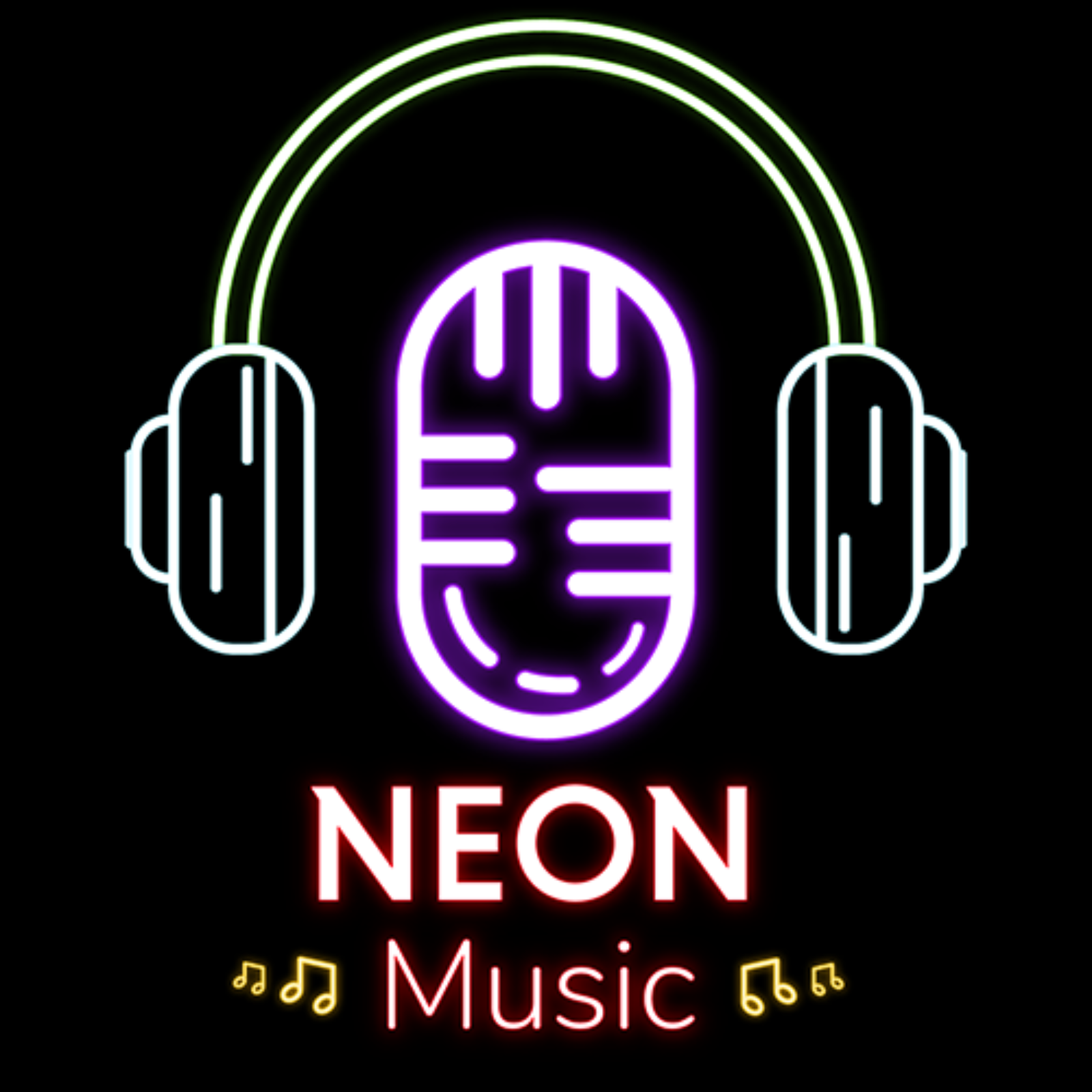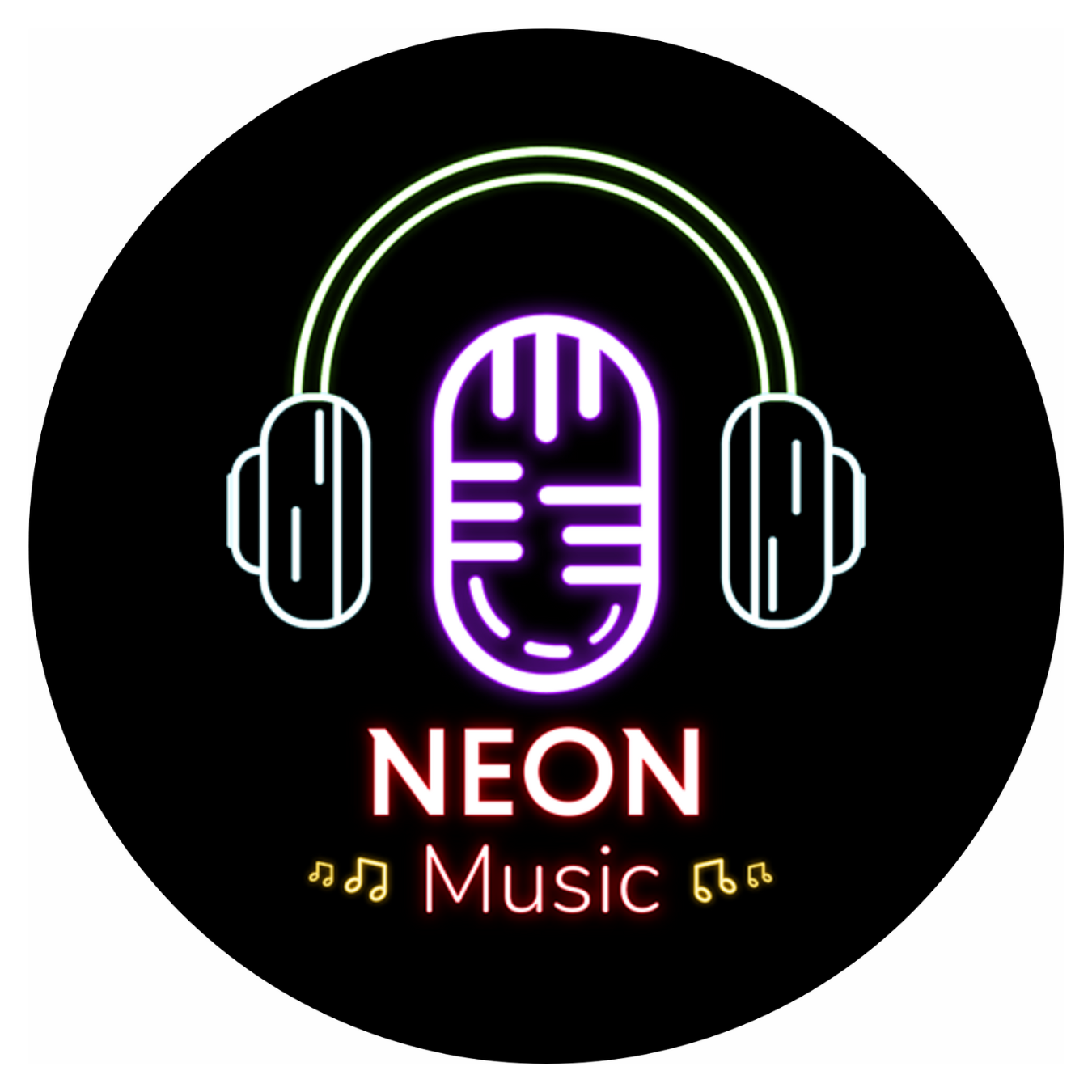
If you’ve stumbled into the chaotic beauty that is “304Tok,” you’re not alone.
TikTok’s algorithm has a habit of knowing exactly when to drop a new codeword into your feed.
And “304” — with its clumsy roots in calculator-speak and internet forums — is the latest to go viral.
What Does “304” Actually Mean?
Let’s clear the fog: “304” is a euphemism for “hoe,” derived from typing the numbers into a calculator and flipping it upside down.
It’s old-school juvenile code that found new life online thanks to TikTok, where censorship algorithms often punish explicit language. So, creators got creative. Again.
Originally defined back in 2000 via the Online Slang Dictionary, it was cemented in internet culture over the years, especially by manosphere and “high-value man” influencers looking to toe the line of censorship without facing bans.
But here’s where it gets complicated.
TikTok Reclamation or Just More Slut-Shaming?
What started as a not-so-clever workaround for misogynistic digs has evolved — or mutated — depending on your view.
“304Tok” isn’t just men whispering coded slurs behind algorithmic walls anymore.
Women have flipped the script, using the tag to share stories, offer advice, and foster a sense of digital sisterhood.
It’s not all empowerment, though. There’s still a murky blend of voyeurism, stereotype, and objectification pulsing through much of the content. One user put it bluntly: “304 TikTok is entertaining but very dangerous.”
Even on Reddit, users on r/PetPeeves lament how terms like “304” and “NPC” (non-playable character, used to dismiss someone as robotic or basic) reflect a weird obsession with gaming social interaction rather than engaging with it meaningfully.
From Urban Dictionary to Mainstream Meme
The Urban Dictionary archive is a chaotic, NSFW museum of every possible angle on “304” — from National 304 Day (yes, that’s a thing) to bizarre metaphors involving used cars and “OF” accounts. It’s not exactly flattering, and rarely used in good faith.
Still, the term refuses to die. Thanks to the rise of TikTok slang like “rizz,” “gyat,” and “ALR,” 304 fits right in — coded, memeable, and versatile enough to mean different things in different circles.
So, Should You Use It?
Here’s the thing: language online is always shifting, and context is everything. But the root of “304” remains entrenched in a form of subtle misogyny dressed up as cheeky internet lingo.
While some users have reclaimed it to challenge double standards or satirise them, it’s often used in ways that reinforce harmful norms.
If you’re here trying to understand it all, good. But if you’re thinking about throwing it into conversation for clout — pause.
Ask yourself who’s really laughing. Because reclaiming a term doesn’t mean everyone has to use it. And using coded slurs (even with a wink) is still using slurs.
Disclaimer:
This article is for informational and cultural analysis purposes only. The slang and terminology discussed have complex histories and implications. Readers are encouraged to research independently, examine context, and think critically about the language they engage with — especially on public platforms.


